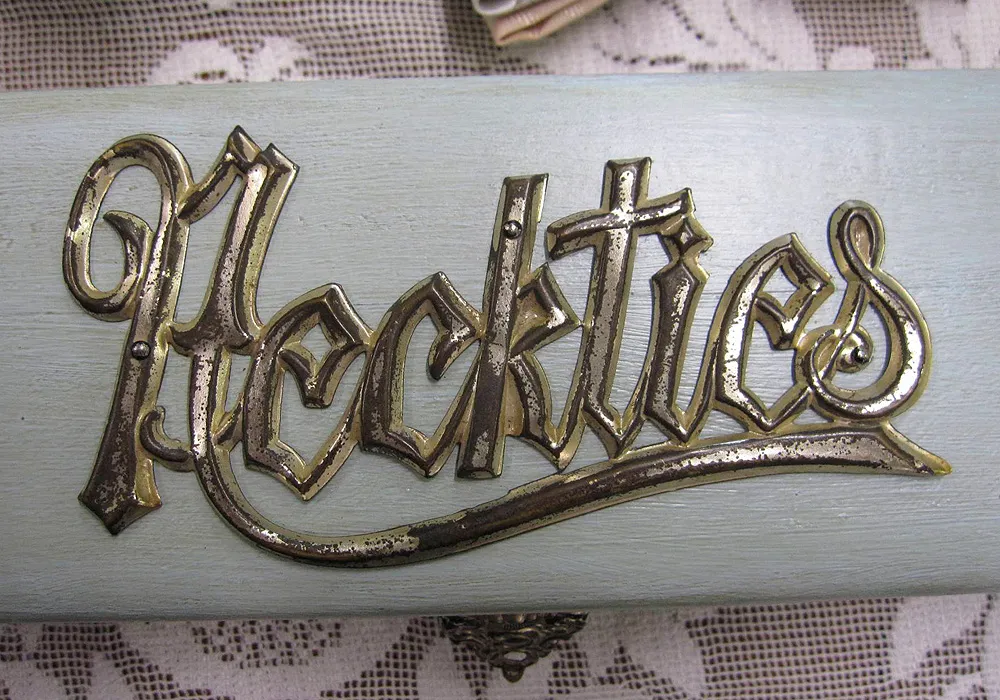Mark’s Notebook - Page 24

Seen in an antique store in Osseo, Wisconsin, on August 14, 2009.
Chris Foresman, at Ars Technica, has written a nice, informative piece about WOFF (Web Open Font Format).
Mozilla announced today that it is going to include support for WOFF fonts, a font format designed for use on the Web, in Firefox version 3.6. I support this format and plan to allow my distributors to license WOFF fonts to customers.
At this point, Firefox is the only browser to support this format, so it’s not quite ready for prime-time yet. But there is a lot of support for this in the font industry, and hopefully the other major browser makers, Apple and Microsoft, will join in soon.
I’m pleased to announce the release of Anonymous Pro Version 1.001. This version contains mostly user-requested tweaks and fixes, including:
- The comma and the comma part of the semicolon have been moved down about a pixel (depending on the size) to improve clarity.
- The design of the “quotesinglbase” and “quotedblbase” match the look of the “straight” quotes (the earlier designs didn’t match anything).
- The periods and other “dot” punctuation elements are a bit bigger in some bitmap sizes/styles.
- Fixed the hinting problem that caused the tops of the caps to vary in height a certain sizes on Windows (hard to figure out the reason, but easy to fix once I knew).
- Corrected the 13ppem bitmap glyph for the Greek character “omicrontonos” (which, embarrassingly, sported an umlaut).
And last, but not least:
- I dropped my old DIY license and switched to the SIL Open Font License, which should make a lot of users in the open source community happy.
Small note to Windows users: I haven’t updated the sample that shows what Anonymous Pro looks like in text sizes on Windows with ClearType enabled. It looks better than that now. I’ll update it soon.

Typedia (typedia.com), a shared, online encyclopedia of typefaces, just launched today.
It’s the brainchild of Jason Santa Maria, who invited me to contribute when it was in its early planning stage. I helped mostly with the classification system. (I actually have mixed feelings about classification systems in general and I think the tags will be ultimately more useful. But the classifications will at least provide a starting point.)
I’m very excited about Typedia. I’m hoping it will be the online equivalent of resources like Matt McGrew’s American Metal Typefaces of the Twentieth Century or Jaspert, Berry & Johnson’s Encyclopeadia of Type Faces, two books I rely on when I want to know the history of a typeface (see my Son of Typecasting series).
However, unlike a printed book, Typedia will be continuously updated and will grow in its usefulness as more and more people contribute to it.

A while back, I posted a link to one of my favorite site’s, Steven Hill’s Movie Title Screens Page, “shillpages” for short. As wonderful as it is, there’s an even better one: Christian Annyas’ The Movie Title Stills Collection. It has a lot of the same material, but it’s much better organized, and also includes end titles and trailer titles.
One thing to keep in mind: Nearly all the titles that were done before the 1960s were hand lettered. Type was just too inflexible and limiting back then, so it was standard procedure to hire a lettering artist. In other words, don’t ask me what “font” was used for The Big Sleep or The Thin Man. Incidentally, if you want lettering, I can help with that.
(A big thanks to Johno of I Love Typography and We Love Typography for telling me about the Annyas site.)
